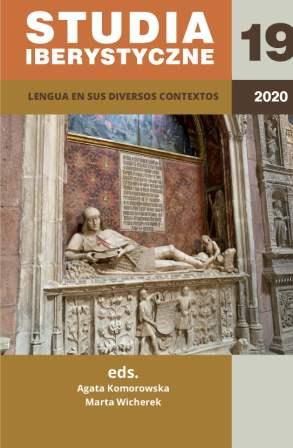Sobre la subjuntivización diacrónica de la forma castellana en –ra
About the Diachronic ‘Subjunctivization’ of the Castilian -ra Form
Author(s): Wiaczesław NowikowSubject(s): Language studies, Modern Age, Recent History (1900 till today), Morphology, Syntax, Semantics, Historical Linguistics, Philology
Published by: KSIĘGARNIA AKADEMICKA Sp. z o.o.
Keywords: Spanish verbal moods; indicative vs. subjunctive; cantara and cantase; linguistic change; XVI-XX centuries;
Summary/Abstract: The present paper analyses the problem of the ‘subjunctivization’ of the verbal form cantara, which originates from the Latin pluperfect indicative tense cantaveram. Actually, cantara is the allomorphic form of cantase. Both of the forms have a grammatical value of the imperfect of the subjunctive mood. The modal alternation in the construction quiso que cantase / cantara is discussed. The material used for the purpose of the study comes from the “Corpus Diacrónico del Español” (CORDE) of the Spanish Royal Academy (RAE) and comprises the period from 1580 to 1930.
Journal: Studia Iberystyczne
- Issue Year: 2020
- Issue No: 19
- Page Range: 193-206
- Page Count: 13
- Language: Spanish

